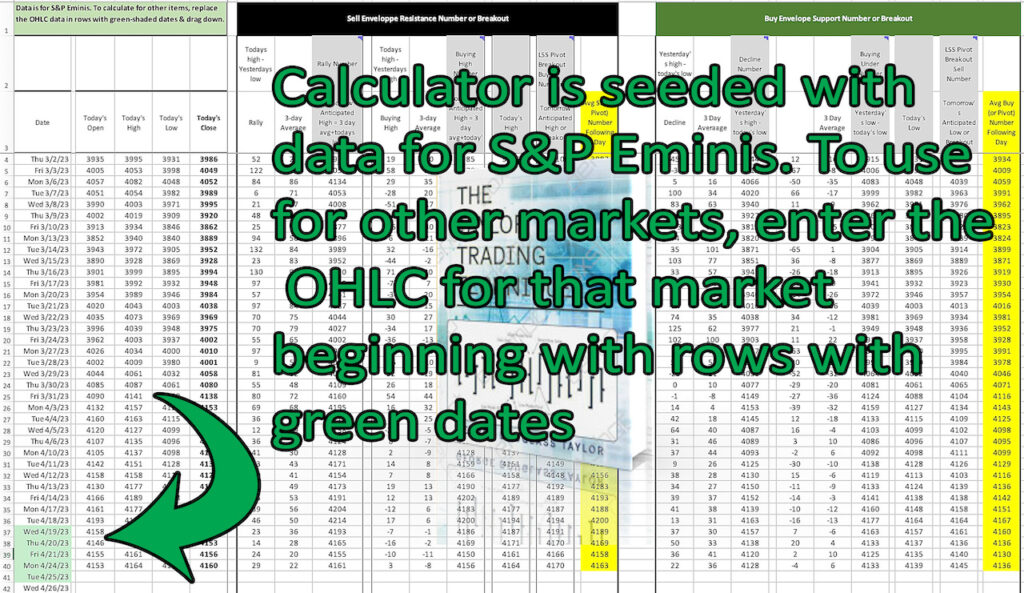Place Price Targets On Your Chart
Price Targets Facilitate Trading Success
Every trader has his or her own style of trading. For most daytraders, the question is where and when to place a trade and in what direction. Place price targets on your chart will facilitate trading success. Market prices are determined by the collective opinion of all traders who are participating in the market. Each trader’s opinion is based on their trading style and the tools that he or she uses to form those opinions. Almost every trader uses candlestick patterns to view price action. Also, almost every trader uses indicators to assist in their assessment of where the market is going and if the time is right to place a trade. In addition to these basic tools, I suggest also using targets to determine where prices are headed in the immediate future. The fact is that the market does have targets that it frequently reaches. These targets can be a powerful tool to assist in where when and what direction to place a trade. The daily trading zone is one of those tools and traders who use it are far better prepared to place better informed trades that work to their advantage and lead to profit.
Anyone who wants to learn how to day trade S&P emini futures needs to have as much information as possible in order to help determine where to place a trade. Trading is not easy to do because it is impossible to know the future with any degree of certainty. But the market does give off signals and a wise trader needs to know how to interpret the signals. Market prices seem to move erratically, but with enough information, trading S&P emini futures can be done with a greater assurance of success. An S&P emini futures trader who has Information about market signals and knows how to use them makes knowledgeable traders much more successful than others who use “seat of the pants” method.
Some of the information that S&P emini futures traders should have are:
- The Trend
- The Intraday and / or Low
- The Calculated Trading Zone via Taylor’s Book Method
- The daily calculated range
- Support and resistance levels
- Stochastics
- Candlestick patterns
These are some of the bits and pieces of information every trader needs to have in order to assess a trade. Of course, that is not to say that even with all this information a trade will work out, but having this knowledge puts the odds of success more on the trader’s side.



